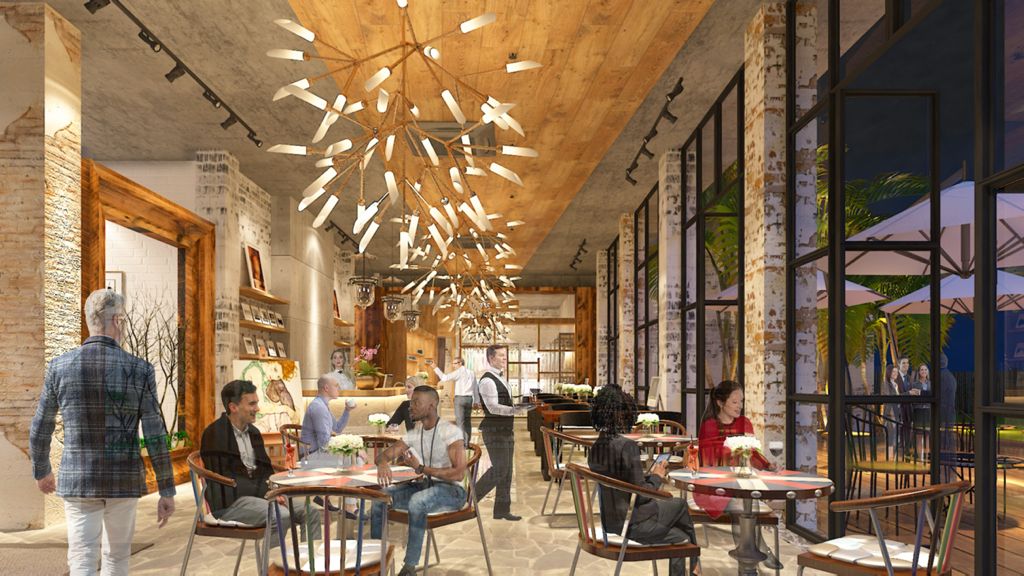


Faced with immense challenges, the Hospitality and Food & Beverage sectors are employing design ingenuity to increase customer appeal and claw back business.
The hospitality and food & beverage industries have been among the hardest hit by the trauma of 2021, and as the end of this notorious year approaches, they have learned more than many about the essentials of commercial survival. With so much of their business depending on face-to-face contact, one of their strategies has been to use the practical and aesthetic power of design to re-engage customers in a changed world.


CDI World are expert designers of restaurant and F&B environments. Talk to us about your plans for 2022.
